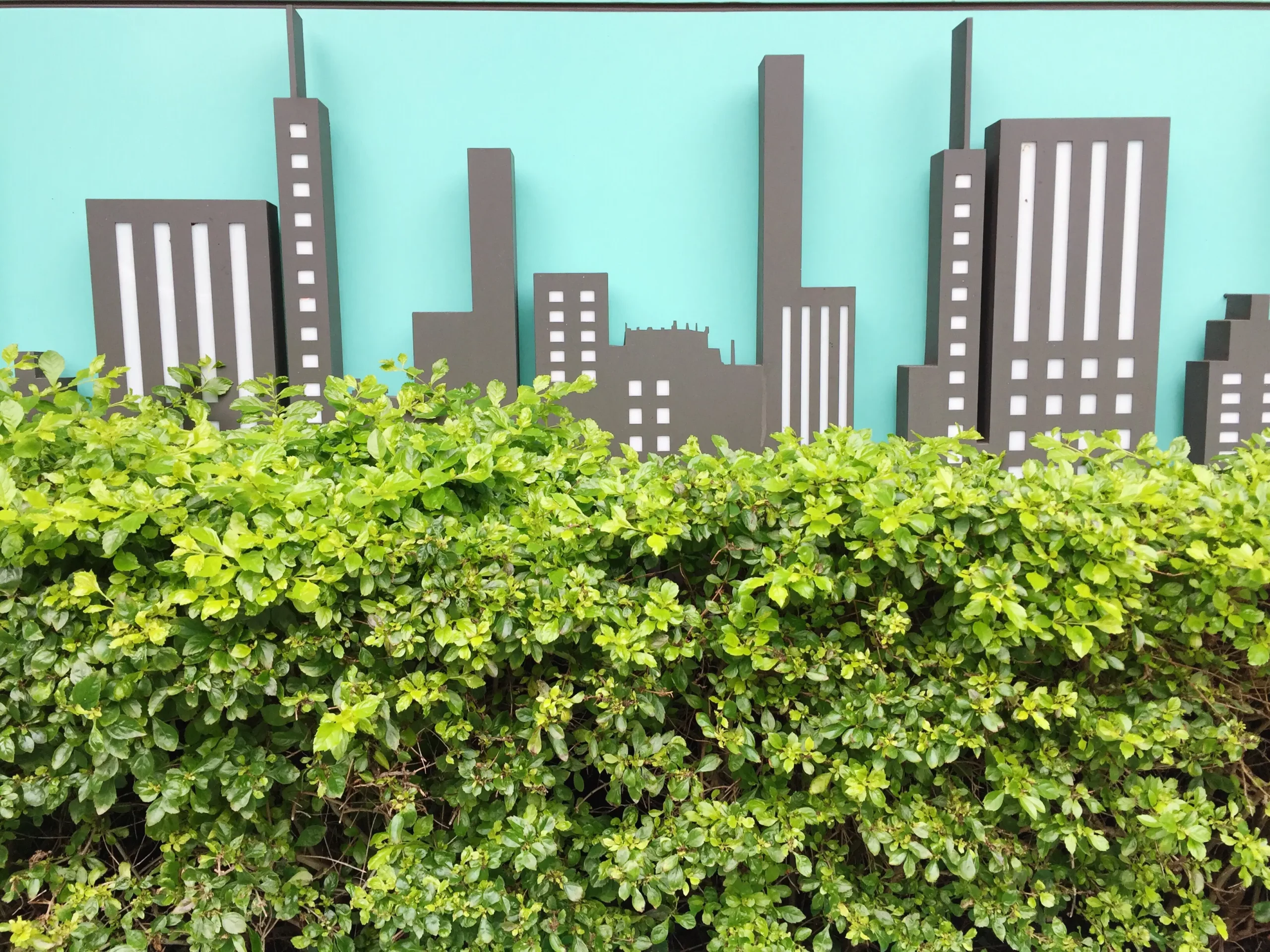
16 Nov How can nature help us defend against climate change?
NATURE-BASED SOLUTIONS: Nature can help us defend against climate change
Nature-based solutions or Nature-Based Solutions (NBS) are a set of solutions developed over the last two decades to sustainably manage and mitigate the challenges dictated by climate change. Not only that, NBSs are also a method of reducing some of the causes generating climate change itself: they mitigate thermal conditions (particularly high temperatures), gaseous and solid pollutants in air and water, and absorb climate-altering gases.
Definitions of NbS according to International Union for Conservation of Nature (Credit https://www.iucn.org/)
Definitions of NbS according to International Union for Conservation of Nature (Credit https://www.iucn.org/)
What do NBSs consist of? Where are they applied?
It is Nature itself that provides the main elements of NBS: plants and fertile soil, an inseparable pair capable of self-sustaining by improving the surrounding environment. These constitute the “soft,” i.e., green, solution to problems that can no longer be solved by traditional “hard,” so-called gray, systems. NBS are not only renewable, then, but also modular and multifunctional being applicable in forested or wetlands, cities or coastlines.
The first implementations of NBS involved a large coastal area in which protective barriers were created for a fragile inland ecosystem: mangroves were planted along the coasts to protect them from marine erosion, with excellent results. For another an old example often cited in the literature, NBS consisted of planting forests to restore the hydrological cycle in an arid area where that cycle had been altered by anthropogenic actions.
NBS and urban contexts
Over time, there has been a growing awareness that cities are a major source of climate-altering activities and are, at the same time, vulnerable structures due to their high density of population and productive activities. Thus, NBSs have entered urban settings and have begun to dialogue with blue infrastructure, i.e., water management systems, demonstrating their effectiveness in reducing the consequences of tropical storm events: stormwater can be collected and drained into detention basins rather than overloading rivers.
One of the most frequently reported examples in the bibliography is that of Zollhallen Plaza in Freiburg (D), a city plaza conceived through a sustainable urban drainage project that introduced inescapable concepts in new urbanization or urban regeneration works: the “sponge” city and the “breathing” city, with which the concepts of “oasis” city and “blue green” city were later associated. Zollhallen Plaza was a sunny parking lot located next to an old railroad customs house. The project involved depaving part of the plaza and inserting benches and flower beds with trees. The most innovative part is underground, as both the new paving made of air- and water-permeable material and the flowerbeds are areas of soil aeration and infiltration of rainwater that is collected and returned very slowly to the water table.
City squares and parks represent the areas that best lend themselves to the connection between blue and green infrastructure by being temporarily floodable by rainwater, which is then collected and channeled or stored in special cisterns to be used later for plant irrigation during drought periods.
Streets can also be home to NBSs, such as rain gardens (rain garden) and flood ditches (noue paysagere). The former are usually small-scale realizations designed to collect rainwater from the neighboring street and return it to the city’s sewer system over a very long period of time, while the latter are long, shallow, open-air canals with softly sloping, vegetated slopes that accumulate stormwater from multiple streets and squares, phytodepurate it and return it to the water table.
NBSs thus fit, and serve, every urban scale, from condominium to block and neighborhood, so much so that it can be said that through nature it will be possible to redesign the entire municipal infrastructure by facilitating cities’ adaptation to climate change.
Some examples of eco-neighborhoods are: Gosbenarealet in Aalborg (DK); La Confluence in Lyon (FR), Parc Du Trapeze in Pont De Sèvres-Boulogne-Billancourt (FR), Clichy-Batignolles and Martin Luther King Park in Paris (FR).
An example of an NBS project on our territory
PROAMBIENTE, a laboratory of the Bologna CNR Technopole, has long been involved in urban regeneration and NBS. In addition to collaborating on numerous popular texts, it has carried out an NBS project commissioned by a manufacturing company that had an agricultural plot, interlocked in the impermeable urban structure. The field was transformed into a forest by pre-selecting plant species according to the scenarios predicted by climatologists of greater aridity and higher temperatures and evaluating the ecosystem benefits delivered.
The calculation, performed with ITree software, originated the following counted data for each year of mature forest that:
will produce nearly 4 tons of oxygen;
will remove 1 quintal of air pollutants (ozone, carbon monoxide, nitrogen dioxide and particulate matter);
will sequester more than 1 ton of carbon dioxide (CO2) the climate-altering gas whose excessive presence in the atmosphere causes the planet’s temperature to rise,
it will absorb 83.24 cubic meters of rainwater, decreasing the possibility of flooding resulting from storm events.
In summary, by using natural elements, NBSs not only mitigate environmental challenges but also help reduce the very causes of climate change. These solutions can be applied in various areas, including urban contexts, and offer a promising prospect for redesigning city infrastructure in a sustainable and adaptive way to climate change.
Learn more at
REBUS Project REnovation of public Buildings and Urban Spaces (PDF)
Guidelines for urban resilience in regeneration interventions (vol I and vol II), SOS4LIFE
Nature-Based Solutions and territory: taking care of Nature with Nature, ISPRA (2021)
Nature-based Solutions, IPCC ITALY
Nature-based Solutions to address global societal challenges, IUCN (2016)




